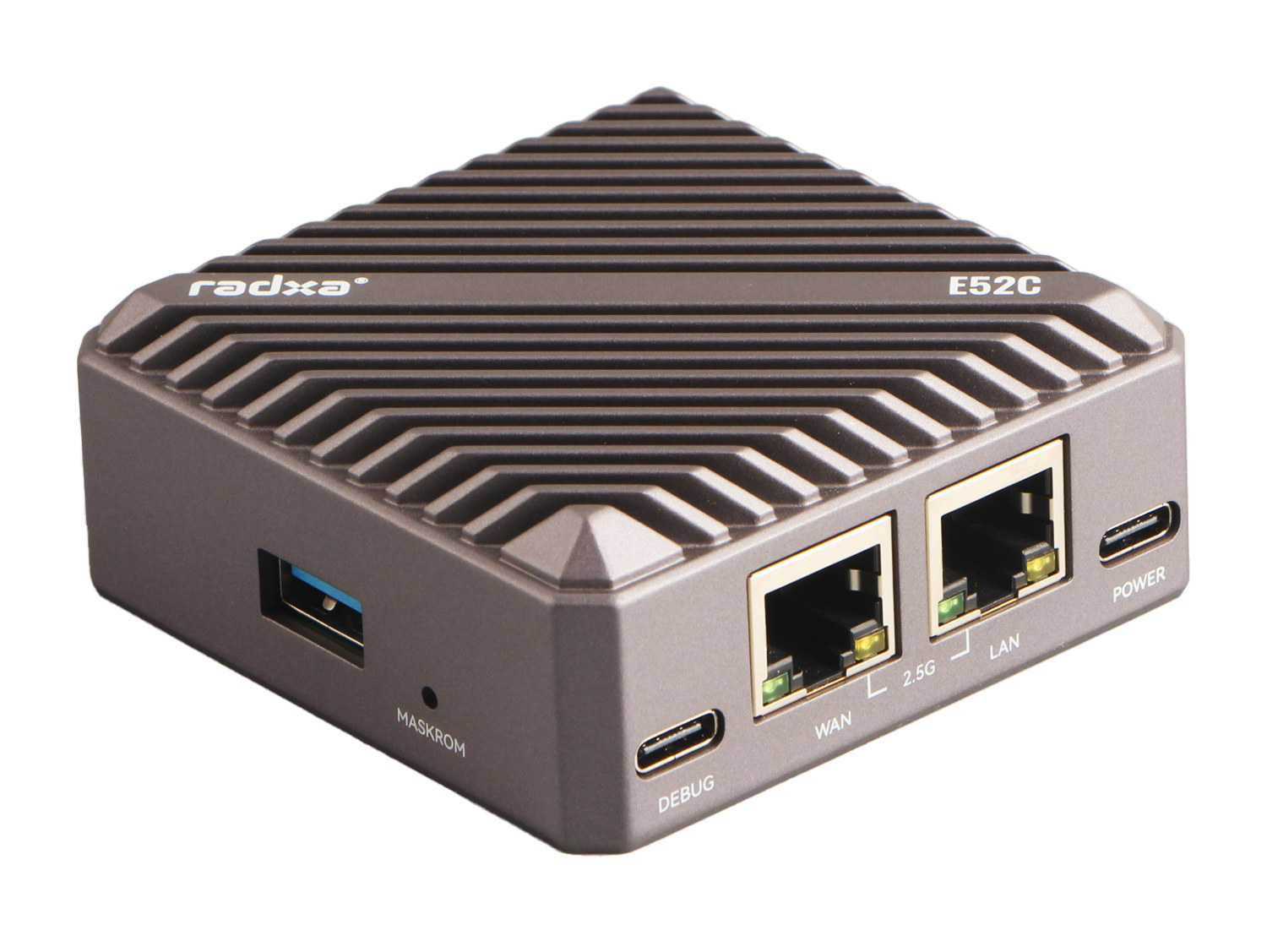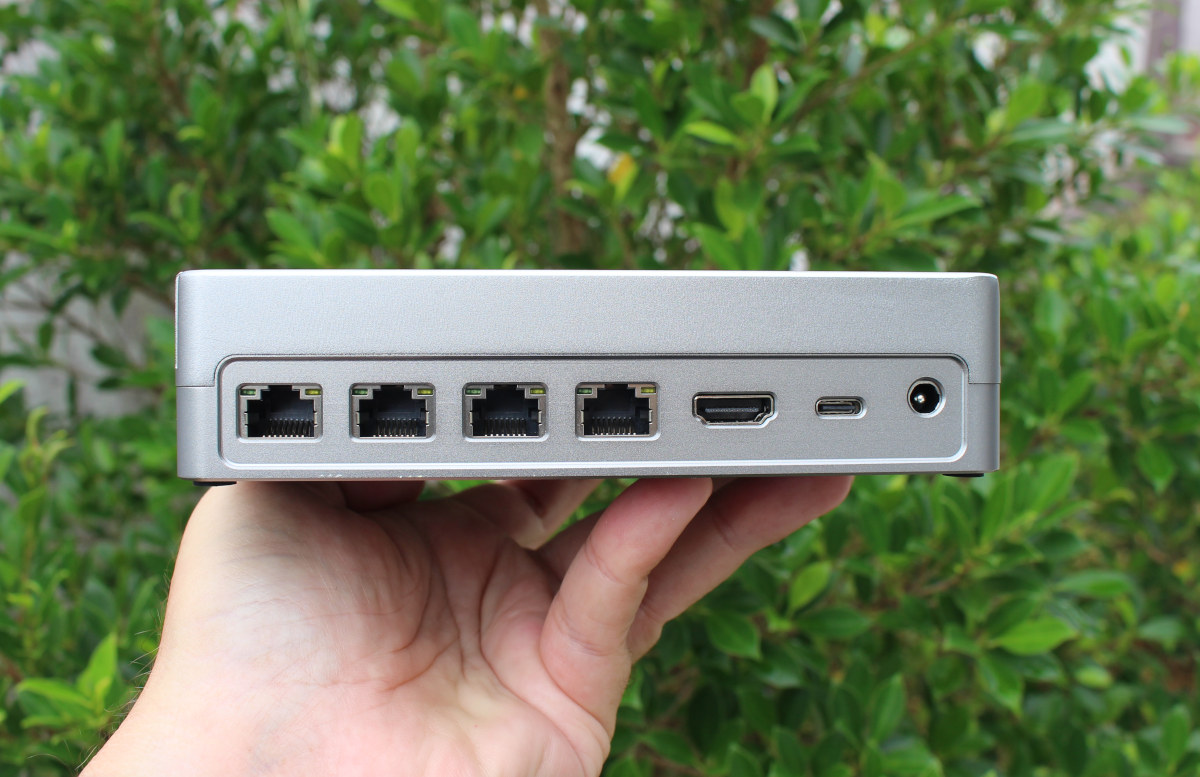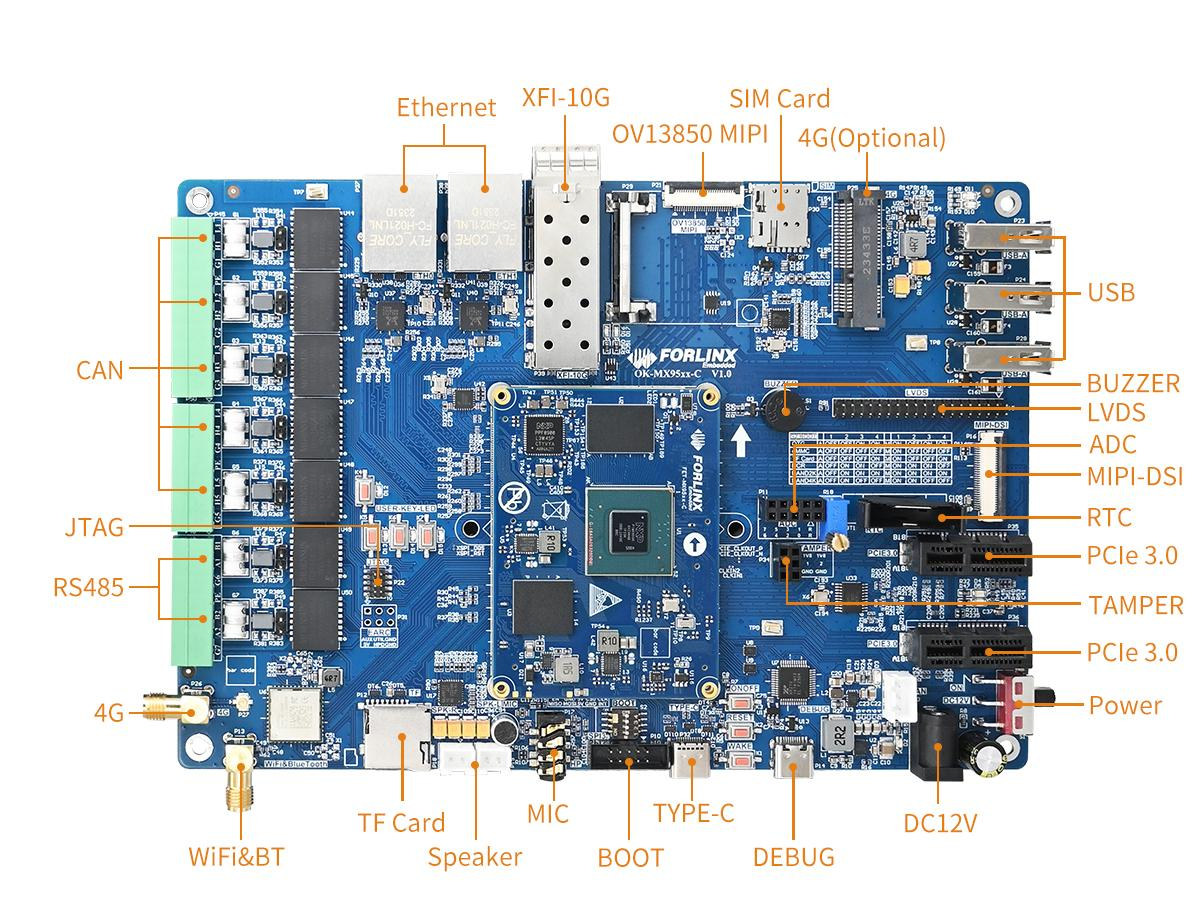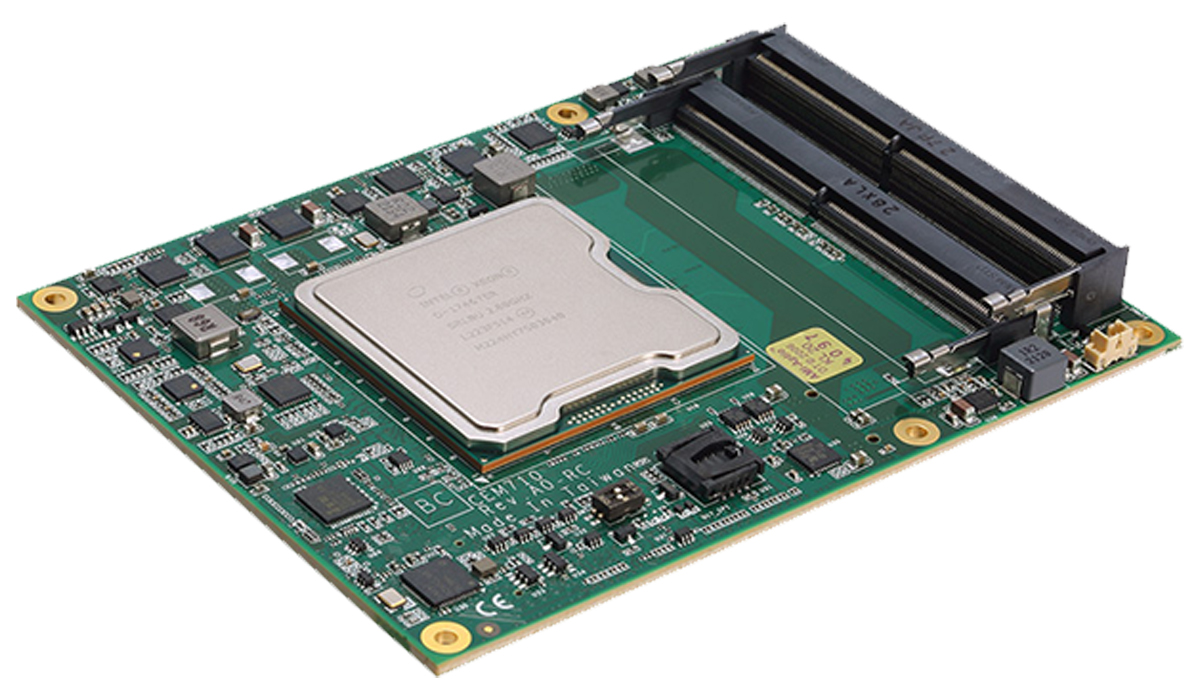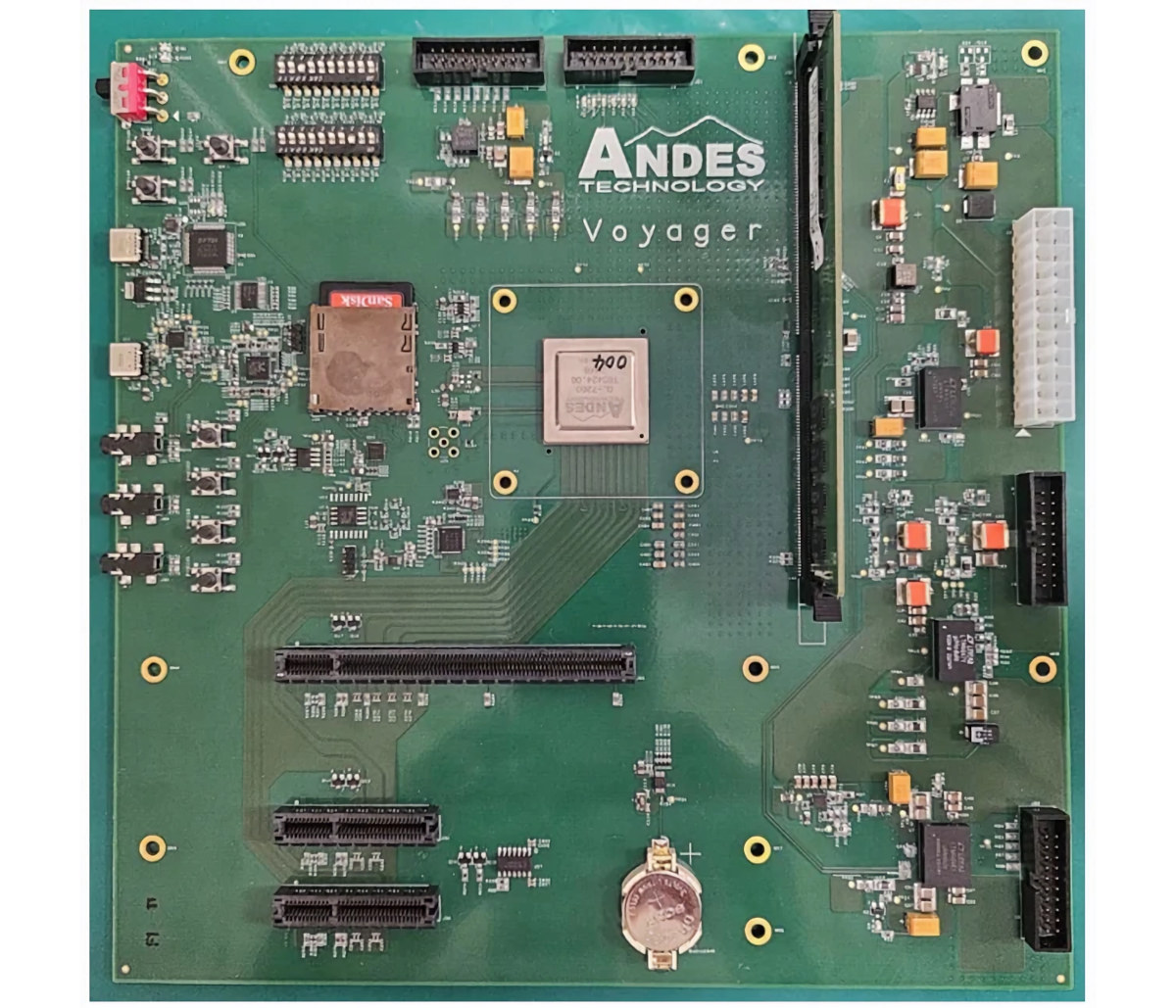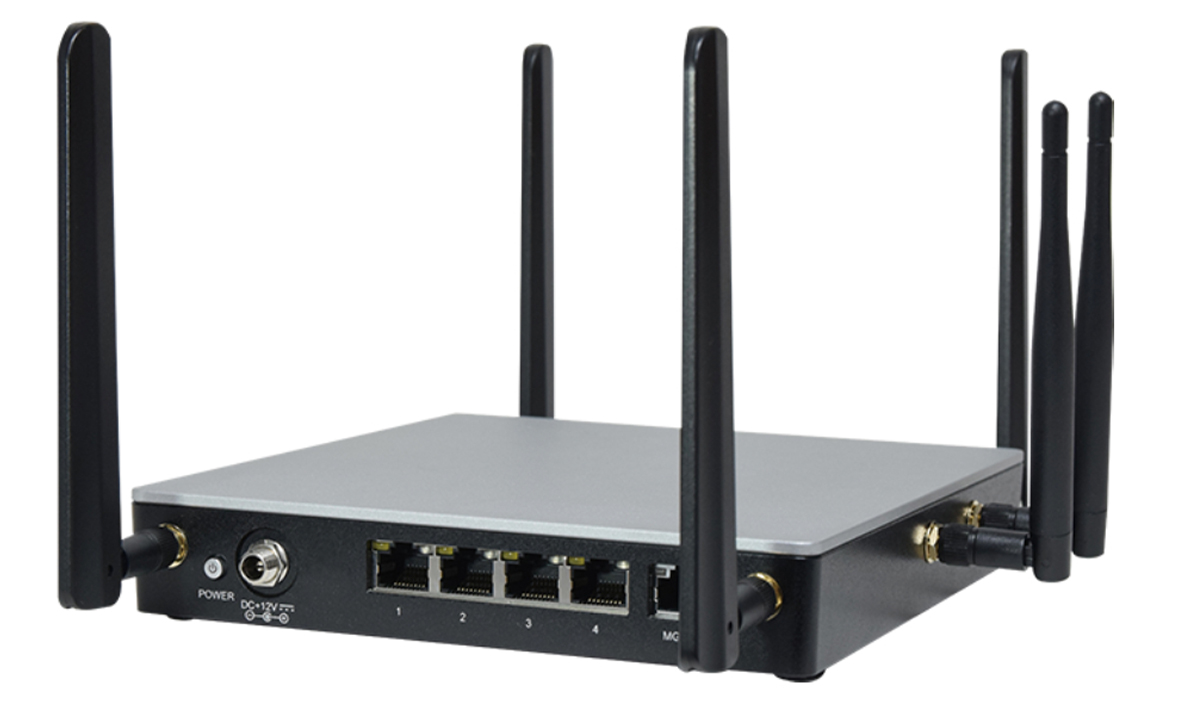Radxa E52C is a compact router based on Rockchip RK3582 hexa-core Cortex-A76/A55 SoC and featuring two 2.5GbE ports, a USB 3.0 port, and a USB-C port for serial console access which will make some readers happy… It’s an update to the earlier Radxa E20C “Mini Network Titan” router, which was limited to two Gigabit Ethernet ports and a USB 2.0 port, and powered by an entry-level Rockchip RK3528A quad-core Cortex-A53 SoC. The Radxa E52C is better in every way with a much faster CPU, higher maximum memory and flash storage capacities, faster networking, and support for USB 3.0 storage or wireless dongles leading the company to call it an “Enhanced Mini Network Titan”. Radxa E52C specifications: SoC – Rockchip RK3582 CPU Dual-core Cortex-A76 with up to 2.4 GHz Quad-core Cortex-A55 at up to 1.8GHz GPU – None (all good since we are talking about a router here…) AI accelerator – 5 […]
iKOOLCORE R2 Max 10GbE mini PC review – Part 1: Unboxing, teardown, and first boot
iKOOLCORE R2 Max is an Alder Lake-N mini PC, server, and soft router equipped with two 10GbE and two 2.5GbE ports and offered with either an Intel Processor N100 quad-core CPU, or a more powerful Intel Core i3-N305 octa-core processor. When iKOOLCORE offered me an R2 Max sample for review, I explained I did not own any 10GbE networking gear. So the company decided to send me two samples for testing 10 Gbps Ethernet networking: a fanless Intel N100 model and an actively-cooled Core i3-N305 model. Since we’ve already gone through the specifications in the first article, I’ll start the iKOOLCORE R2 Max review with an unboxing, a teardown, and a first boot. In the second part of the review, I’ll use Proxmox, OpenWrt, Ubuntu, and/or other operating systems to test the devices using one as a DUT (Device Under Test) and the other as a 10GbE server. iKOOLCORE R2 […]
Forlinx launches NXP i.MX 95 SoM and development board with 10GbE, CAN Bus, RS485, and more
Forlinx FET-MX95xx-C is a system-on-module (SoM) based on NXP i.MX 95 SoC with up to six Cortex-A55 cores, an Arm Cortex-M7 real-time core clocked at 800 MHz, an Arm Cortex-M33 “safety” core clocked at 333 MHz, and equipped with 8GB LPDDR4x and 64GB eMMC flash. The company also provides the feature-rich OK-MX95xx-C development board based on the i.MX 95 module with a wide range of interfaces such as dual GbE, a 10GbE SFP+ cage, terminal blocks with RS485 and CAN Bus interface, three USB Type-A ports, two PCIe slots, and more. Forlinx FET-MX95xx-C system-on-module Specifications: SoC – NXP i.MX 9596 CPU 6x Arm Cortex-A55 application cores clocked at 1.8 GHz (industrial) with 32K I-cache and D-cache, 64KB L2 cache, and 512KB L3 cache Arm Cortex-M7 real-time core clocked at 800 MHz Arm Cortex-M33 safety core clocked at 333 MHz GPU – Arm Mali-G310 V2 GPU for 2D/3D acceleration with support […]
Axiomtek CEM710 COM Express module features Intel Xeon D-1700 SoC with up to 100Gbps Ethernet support
In 2022, we covered Intel’s Xeon D (Ice Lake-D) processor family, which includes the D-2700 and D-1700 models. These processors are designed for software-defined networking and edge applications, providing data center-grade capabilities at the edge. Key features include integrated AI and crypto acceleration, built-in Ethernet, and support for Intel Time Coordinated Computing (TCC) and Time-Sensitive Networking (TSN) to ensure high reliability. Leveraging these advanced capabilities, companies like ADLINK Technology and Congatec have introduced COM-HPC server modules and COM Express Type 7 modules based on the new Xeon D lineup. Axiomtek’s CEM710 is a COM Express Type 7 Basic Module powered by Intel Xeon D-1700 Series processors, designed for edge computing, industrial automation, and data-intensive applications. It offers up to 10 cores, 100Gbps Ethernet, and 64GB of DDR4 ECC memory, along with PCIe Gen3 slots for expandability. With rugged features and TPM 2.0 for security, it ensures reliable performance in demanding […]
Andes QiLai quad-core AX45MP RISC-V SoC with NX27V vector processor powers micro-ATX Voyager Development Platform
Andes’ Voyager Development Platform is a micro-ATX motherboard based on the company’s QiLai SoC with four AX45MP 64-bit RISC-V cores and an NX27V vector processor optimized for AI workloads. The Voyager board supports up to 16GB of DDR4 via a UDIMM socket, features 16Mbit SPI Flash for boot code and an SD card socket, includes three PCIe Gen4 slots to connect external devices such as GPU card and SSD, as well as a JTAG debugger and USB to UART bridge for debugging during Linux software development. Andes QiLai RISC-V AI SoC Before looking at the board itself, let’s check the Andes QiLai SoC specifications: CPU cores Andes AX45MP-4C cluster 4x RV64GC 8-stage superscalar processors clocked at 1.6 GHz (worse) / 2.1 GHz (typ.) Support of MESI cache coherence protocol with Coherence Manager 32KB L1 Instruction and Date cache 2MB L2 cache I/O Coherence Port (IOCP) – Synchronous AXI4 (256 bits […]
Lanner NCA-1050 – A fanless desktop network appliance with Intel Amston Lake SoC
The Lanner NCA-1050 is a fanless desktop network appliance by Intel Atom Amston Lake processors (X7835RE, X7405C, X7203C) for efficient, low-power performance. Designed for edge deployments, branch offices, and retail environments, it supports up to 16GB of DDR5 4800MHz memory and M.2 SATA storage. With versatile connectivity options, the NCA-1050 features one 2.5GbE RJ45 port, four GbE RJ45 ports, a console port, a USB 3.1 port, DisplayPort, and optional PoE+ support. It also offers two M.2 slots (PCIe/USB3.1), two Nano-SIM slots, and six antenna holes, allowing for flexible expansion and wireless configurations, making it adaptable to various network setups. Lanner NCA-1050 specifications: SoC NCA-1050A – Intel Atom x7835RE 1.3GHz octa-core processor with 6MB cache, 32EU Intel UHD graphics; TDP: 12W NCA-1050B – Intel Atom X7405C 2.2GHz quad-core processor with 6MB cache; TDP: 12W NCA-1050C – Intel Atom X7203C 2 GHz dual-core processor with 6MB cache; TDP: 12W System Memory – […]
Raspberry Pi Touch Display 2 with 1280×720 resolution, thinner design launched for $60
Raspberry Pi has launched the Touch Display 2, a 7-inch touchscreen RGB TFT display with 1280×720 designed to be connected to Raspberry Pi single board computers. It improves on the original Raspberry Pi Touch Display with a higher resolution (1280×720 vs 800×480) and a slimmer form factor thanks to the integration of the display driver PCB into the display enclosure itself. Raspberry Pi Touch Display 2 specifications Display Type – 7-inch 24-bit RGB TFT display Resolution 1280 x 720 resolution Touch panel – 5-point multi-touch capacitive touch panel Active area – 155 x 88 mm Backlight type – LED B/L Surface treatment – anti-glare Host interface – MIPI CSI connector with ribbon cable compatible with all Raspberry Pi boards except the Raspberry Pi Zero line Power Supply – 5V DC via 2-wire, 3-pin connected inserted into the 40-pin GPIO header Dimensions – 189.32 x 120.24mm The back of the display […]
USB Insight Hub is an open-source, ESP32-S2-based tool for testing USB devices (Crowdfunding)
The USB Insight Hub is a USB testing tool based on the ESP32-S2 wireless SoC made by Ecuador-based company Aerio Solutions SAS and aimed at developers and tech enthusiasts. The Insight Hub connects to a computer via a USB Type-C port and expands it to three downstream ports, each with a 1.3-inch color display screen that displays information about the serial device such as its assigned enumeration name, voltage, and current. The enumeration name displayed helps to identify all virtual ports running through the Insight Hub. This feature is quite handy when multiple devices are connected. Although the hub features a Wi-Fi-enabled SoC, it doesn’t currently support wireless networking. Each downstream port is connected to a dedicated voltage and current meter for real-time feedback. Also, the hub implements configurable short-circuit, over-current, and back-current protection. It also allows you to control the individual activation and deactivation of the D+/D- data lines […]


